

William Stopford
2026 Suzuki Jimny XL review
41 Minutes Ago
The most expensive Seltos is Australia's favourite, Kia tells us. With plenty of fruit and go for the money, it's easy to see why.
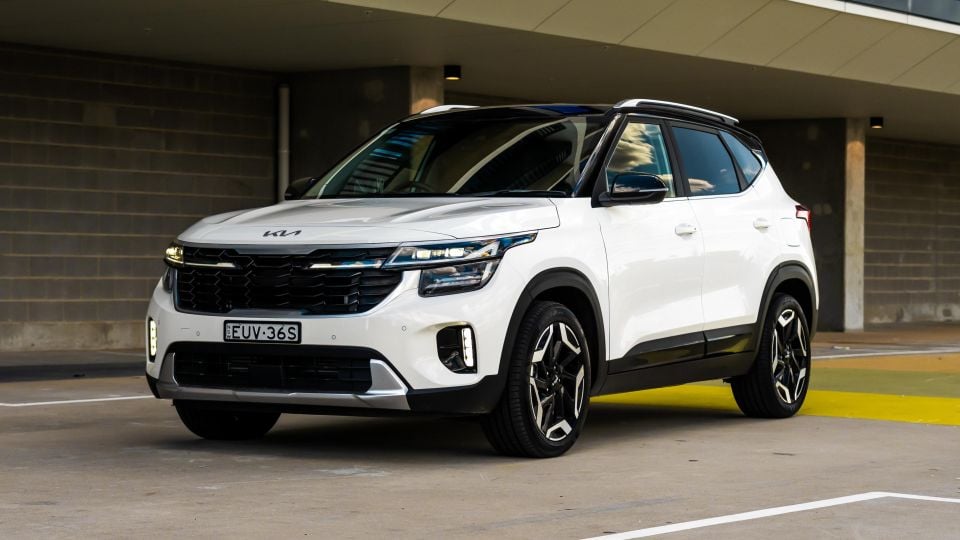


Quickly see how this car stacks up against its competition. Select any benchmark to see more details.
Where expert car reviews meet expert car buying – CarExpert gives you trusted advice, personalised service and real savings on your next new car.
The Kia Seltos is one of Australia’s most popular compact SUVs for a number of reasons.
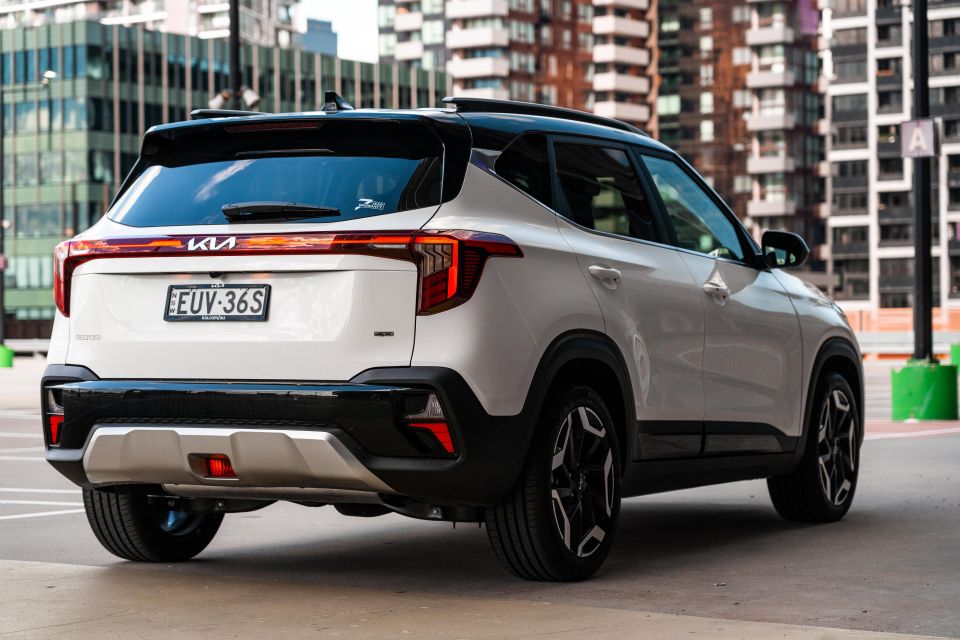
Despite being a relatively new nameplate in an competitive segment (it only launched in 2019), its combination of value for money, interior practicality, range of choice, and Kia’s seven-year warrant make for an attractive package.
The industry is moving as fast as ever though, with new competitors popping up almost weekly at this point.
China has been gunning for the value end of the market, a patch Kia has long dominated. MG and GWM have brought more affordable rivals in the ZST and Jolion respectively that have quickly gained traction in the Australian market – the MG is now Australia’s favourite compact SUV.
The competition is even heating up within the Hyundai Group stable. Kia’s Korean parent recently launched an all-new Kona, with a new platform underneath and more space inside and out – plus it offers hybrid and electric versions, neither of which the Kia offers.
Kia is battling with ongoing supply constraints with the Seltos due to strong demand in South Korea as well as the United States. Brand executives told us late last year that it’s limited to around 10,000 units for the year, or around 830 Seltos units per month.
So far this year Kia is actually ahead of projections, with the year to date (YTD) figure of 6129 units as of July 31 translating to a running average of around 880 per month. The most popular variant is the vehicle you see here – the 2023 Kia Seltos GT-Line, on test in flagship 1.6 T-GDi AWD trim.
Does the boxy little Kia still shine in a sea of rivals?
On test we have the most expensive Seltos on sale in Australia, priced from $44,900 plus on-road costs or $47,690 drive-away according to the brand’s online configurator.
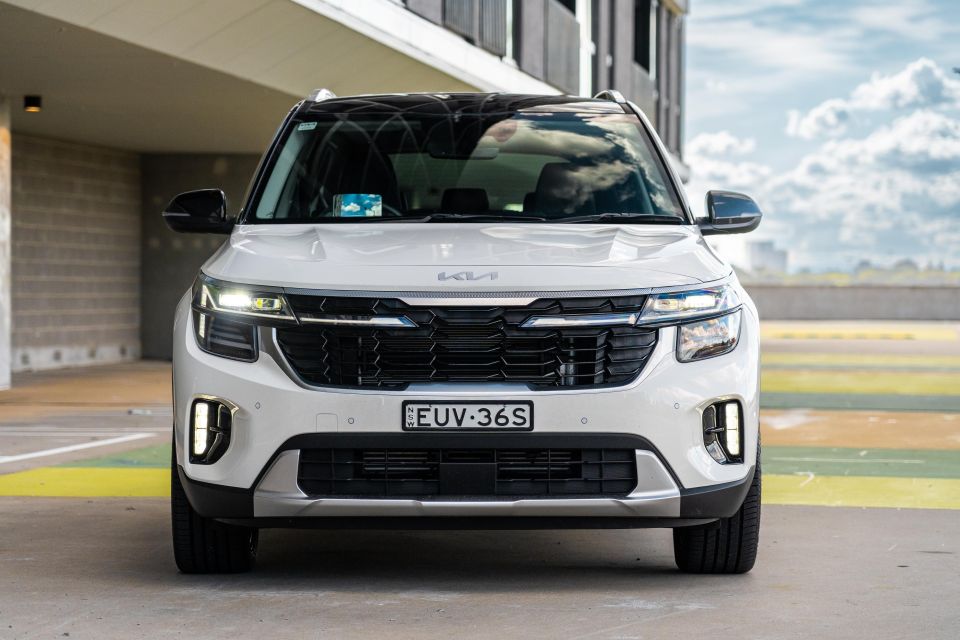
While anything nudging $50,000 is a fair wad of cash, the Seltos GT-Line aligns with high-spec versions of direct rivals from the likes of Hyundai, Mazda and Volkswagen. However, it’s quite a bit dearer than the most expensive MG ZST or GWM Haval Jolion.
Similar money will get you into a Hyundai Kona Premium N Line 1.6T AWD ($46,500), Mazda CX-30 G25 Astina AWD ($45,710) or a VW T-Roc R-Line ($47,090). All offer similar outputs and performance, as well as all-wheel drive. You could throw in the Honda ZR-V VTi LX ($48,500 D/A) and Nissan Qashqai Ti ($47,390) as well, given they’re on the larger side like the Kia and offer turbocharged powertrains, though both lack AWD in Australia.
Meanwhile, the FWD-only MG ZST can be had in flagship Essence trim from $33,990 D/A, while the GWM Haval Jolion S is likewise more affordable from $35,990 D/A. The Jolion in particular is a match for the Kia in terms of size, if not offering AWD.
At this end of the segment you could also logically cross-shop the Seltos with entry-level versions of premium small SUVs, namely the Alfa Romeo Tonale Hybrid Ti ($49,900), Audi Q3 35 TFSI ($50,600), and Volvo XC40 Plus B4 ($53,490).
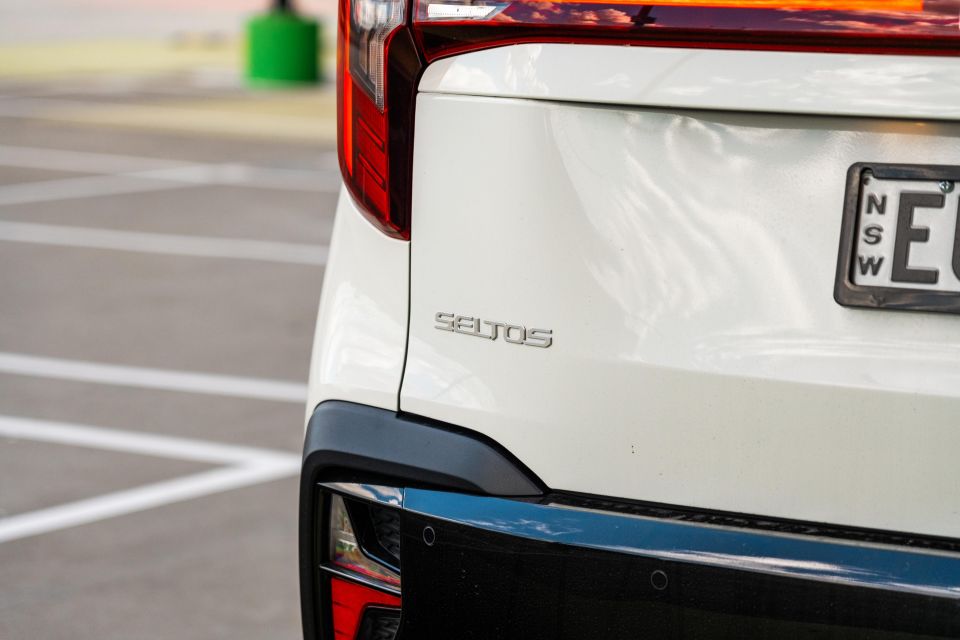
2023 Kia Seltos pricing:
Prices are before on-road costs
Drive-away pricing:
MORE: 2023 Kia Seltos price and specs
Buy your new car without the stress. It's fast, simple and completely free.

Great service from Travis and team, second time I have used this business would not hesitate to recommend them to anyone
Craig C.
Purchased a Ford Ranger in Sunshine Coast, QLD
CarExpert helped Craig save $7,224 on his Ford Ranger, now let us save you on your next new car.
Get your BEST priceThe Seltos’s mid-life refresh brought some welcome changes to design and user interface, as well as lifting the ambience with some of Kia’s latest tech.
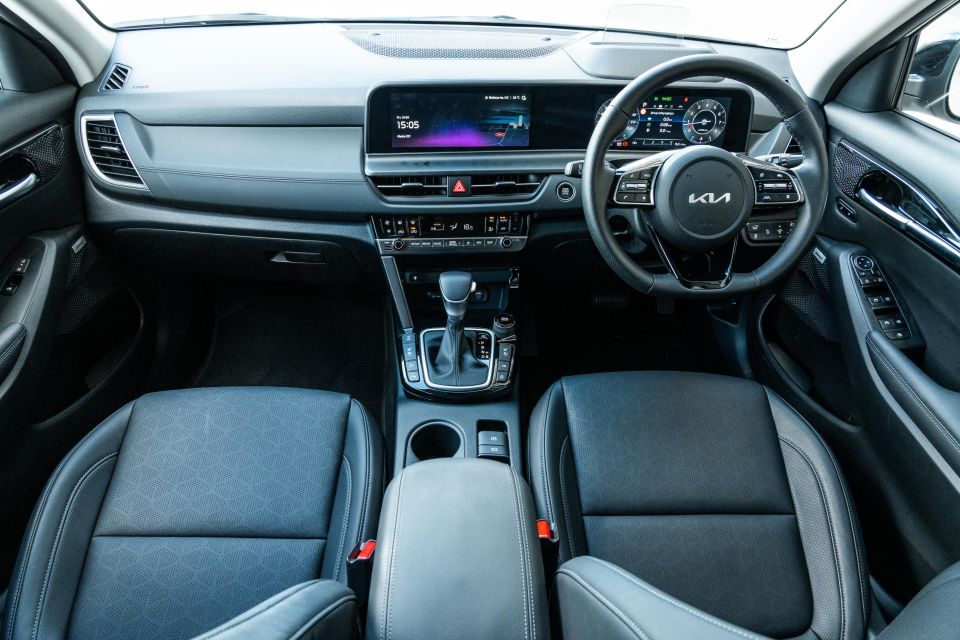
There’s swish new digital cockpit incorporating dual 10.25-inch displays for the instrument cluster and touchscreen infotainment display, standard from the Sport and up. It’s basically been taken out of the similarly-sized Niro eco-crossover.
It’s familiar fare in terms of the skin and interface The displays are both high resolution, offer snappy loading times, and feature smooth, fluid animations.
Specific to the GT-Line is a colour pop-up head-up display, which while not as high-tech or integrated as a windscreen-projected unit. It places key information like speed, navigation prompts and assistance functions in the driver’s line of sight – it’s a shame this isn’t offered further down in the range.
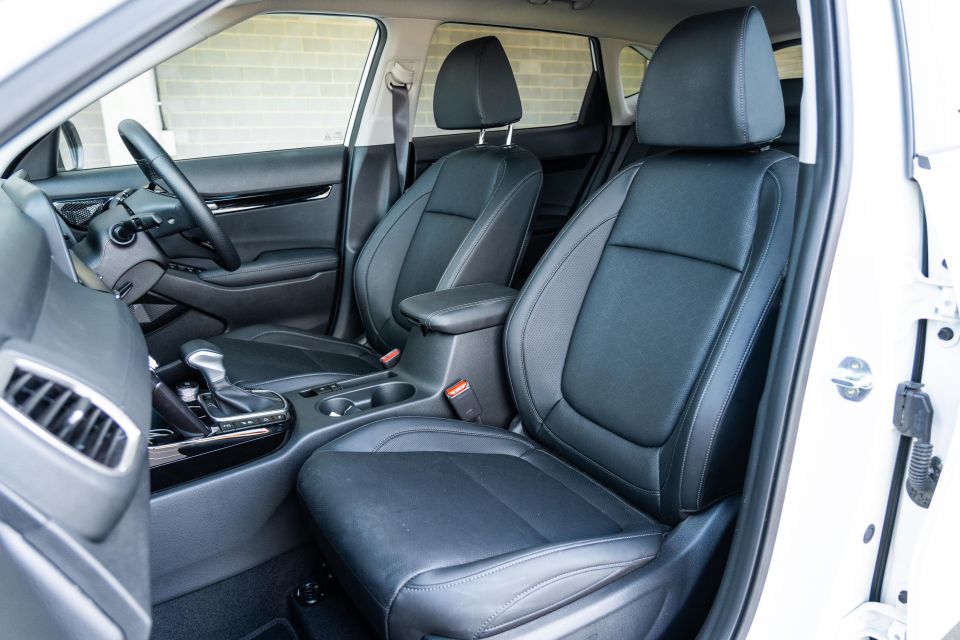
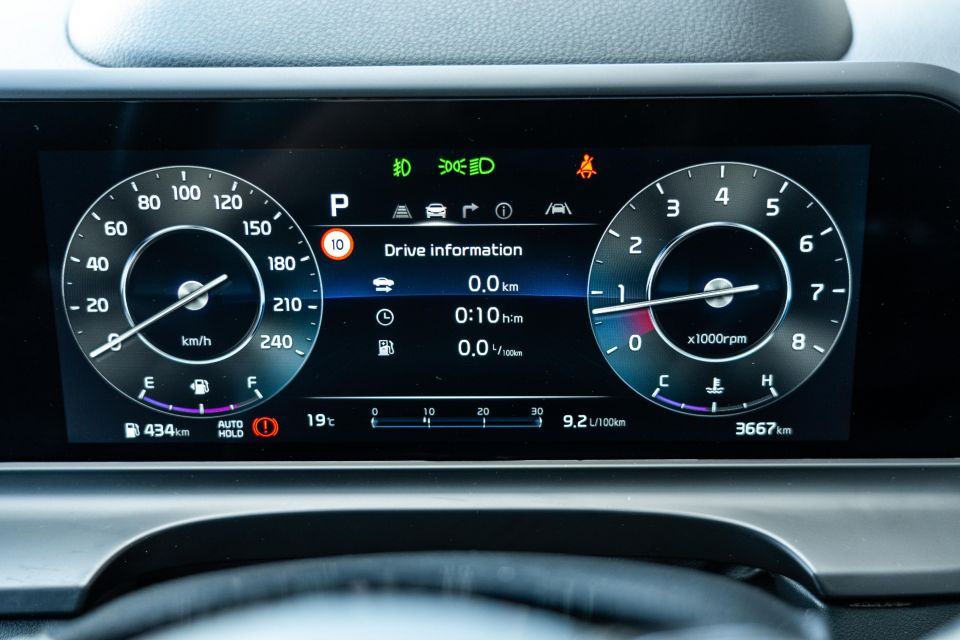

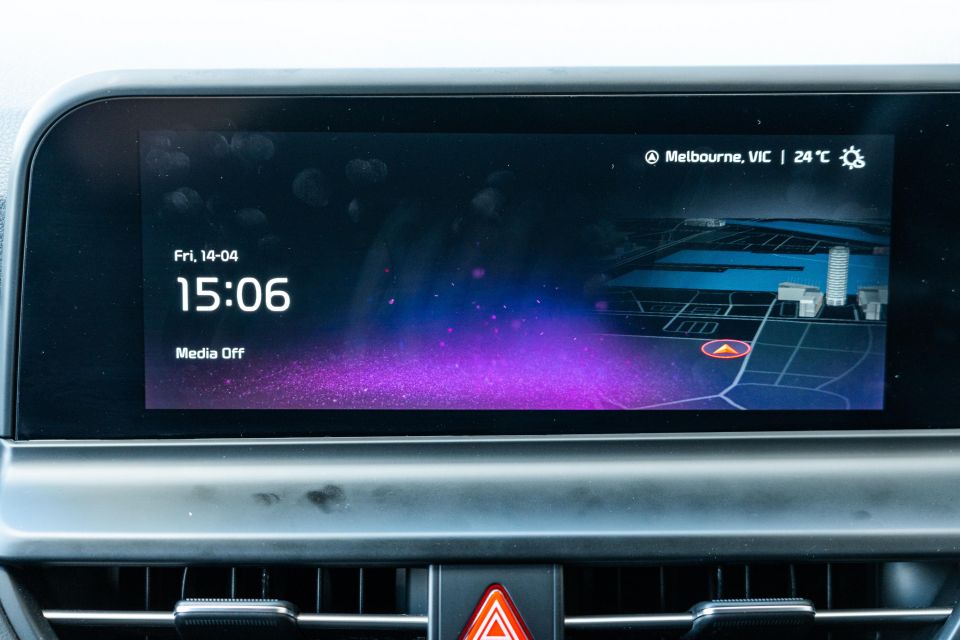
The Seltos also comes standard with Kia Connect online services for models with this digital cockpit, meaning you get connected navigation, a net-based voice assistant, and app-based remote functions – you can read all about it here.
Kia Connect is complementary for seven years, so there are no added costs to access the full suite for the duration of the warranty. By comparison, the Toyota Corolla Cross gets just one year of Toyota Connected Services, with ongoing monthly fees of up to $20/month thereafter.
If you’re not using the native system there’s Apple CarPlay and Android Auto, still wired on the 10.25-inch screen. It seems contradictory to tout the high-tech connected services and feature suite, but the need to wire your phone renders the wireless phone charger somewhat redundant.
It’s otherwise the same as we’ve said previously for other Kia models – one of the more user-friendly infotainment systems, and it offers a nice catalogue of functionality.

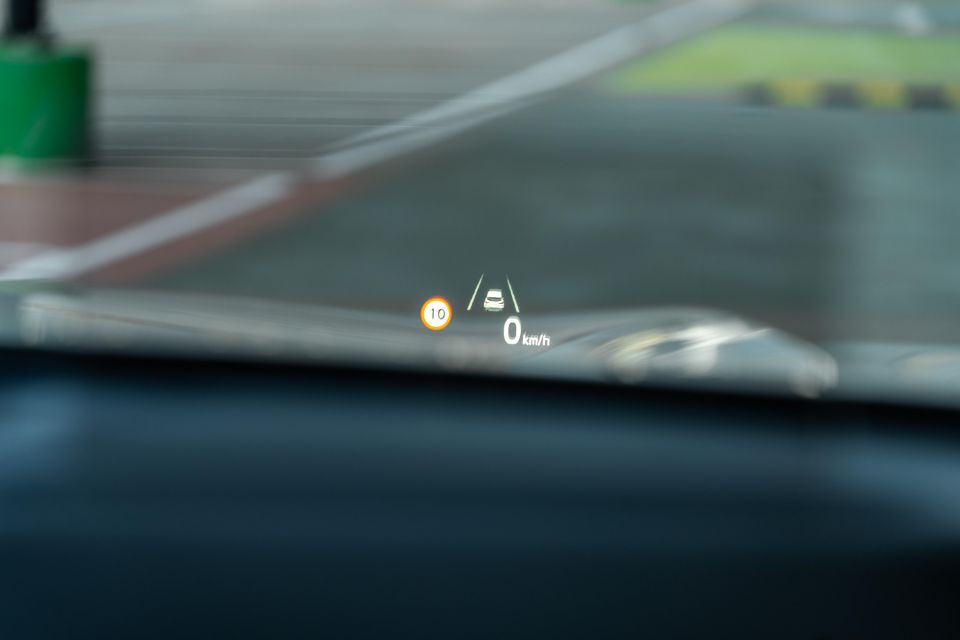
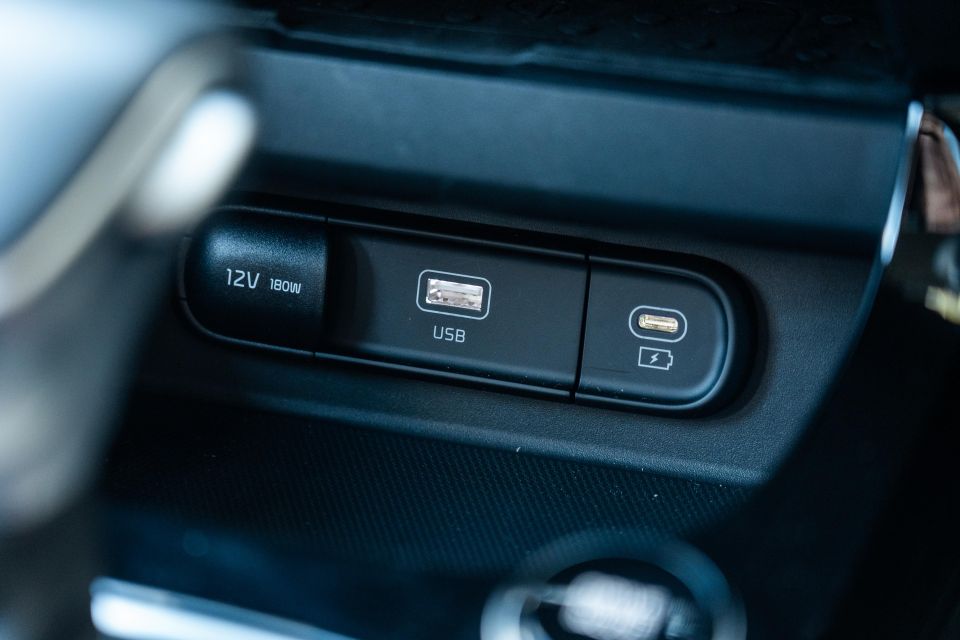
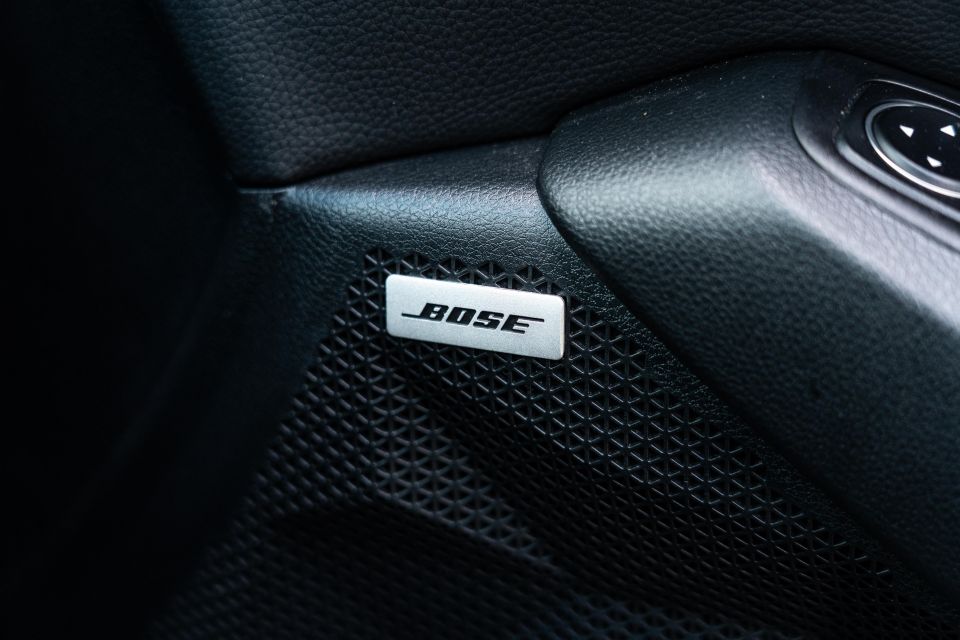
Below the touchscreen is a revised climate control pod, which features more physical buttons and is where relocated hard controls for the infotainment system are now placed. Some may find the placement of the infotainment controls less intuitive than having on either side of the screen, but that’s down to preference.
The Seltos retains its practical shelves and cubbies to store things; including a shelf for your phone which doubles up as a wireless phone charger in the GT-Line, another cubby large enough to swallow wallets and keys, as well as a centre console with cupholders and a slot for the vehicle key – or McDonald’s fries.
Material quality remains an area for improvement compared to the Mazda CX-30, with the interior being almost exclusively hard, scratchy plastic that makes even a Cerato feel luxurious. But Kia’s typical solid build quality remains, with everything feeling well screwed together.
Opting for the GT-Line also brings an eight-speaker Bose premium audio system. It offers pretty clear sound with the ability to dial up some thumping bass, but I’d argue the Bose-branded system in the Mazda CX-30 Astina has better depth.
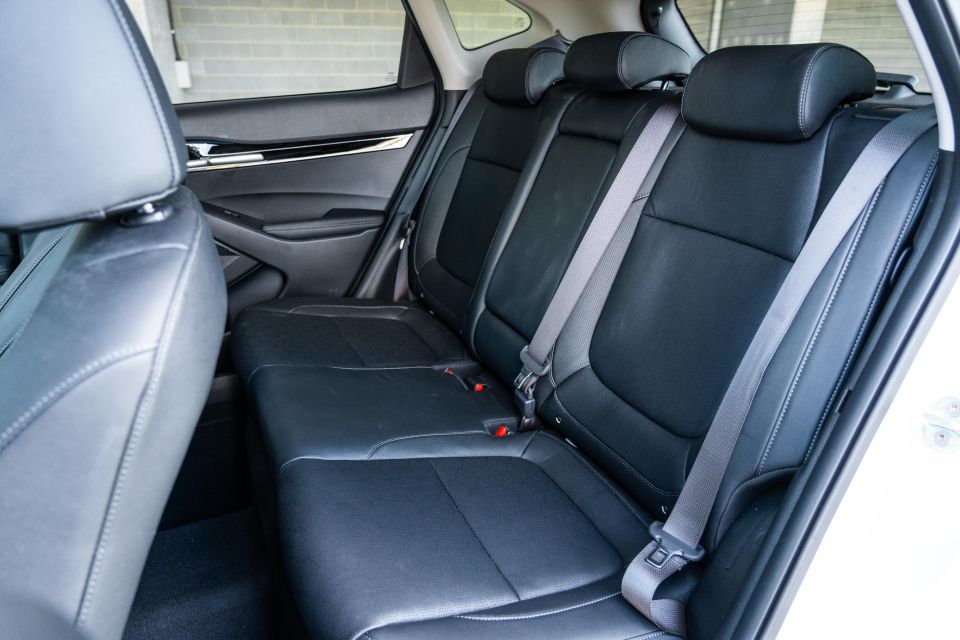
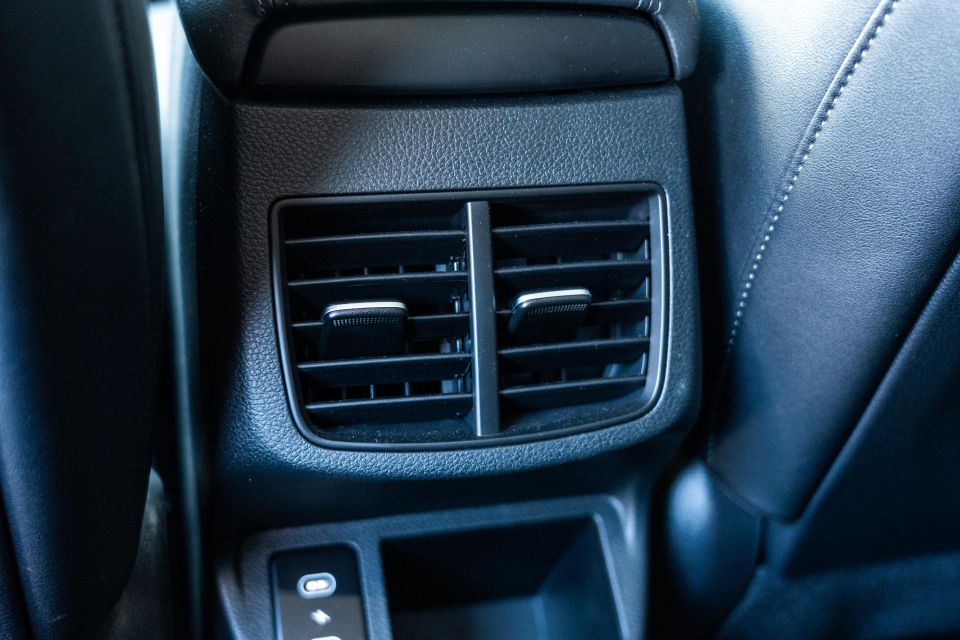
The second row is where the Seltos remains a leader, offering class-busting passenger space that goes as far to make it competitive against class-up alternatives like the Mazda CX-5. There are also now USB-C charging points at the rear of the centre console.
At a touch over 6’1 I can sit comfortably behind my own long-legged driving position, with above average head and knee room. There’s also plenty of glasshouse so your kids won’t get car sick, and the rear bench is nice and wide so you can squeeze three abreast for short journeys if you need to.
ISOFIX and top-tether points feature in the rear, as well as a map pocket behind the front passenger seat. The Sport+ and GT-Line get a fold-down centre armrest with cupholders, and there are also bottle holders in the rear doors.
Further back, all models bar the entry-level S – which features a full-size spare – get 433 litres of volume with the rear seats in play, while the base model with its space-saver spare gets 468L. That’s about as much as a Mazda CX-5 (442 litres).
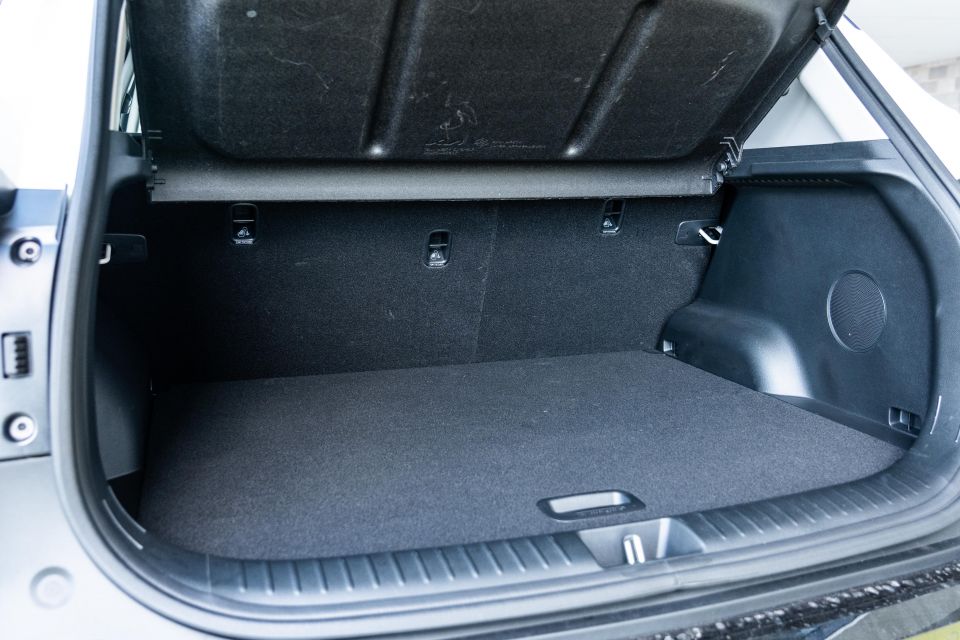
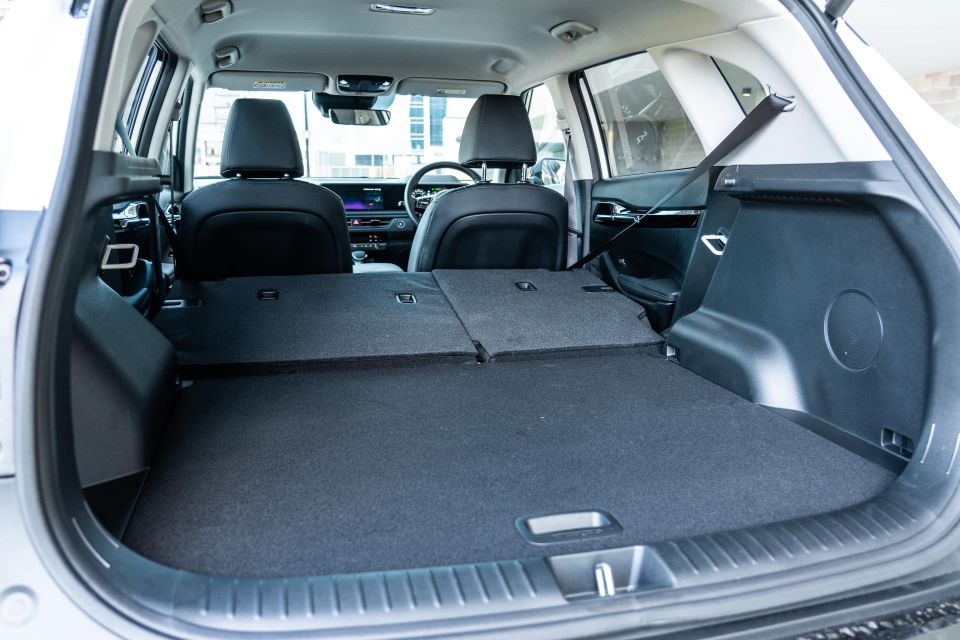
Fold the rear seats down and that figure expands to 1428 litres in the Seltos S, and 1393 litres for everything else. The new Nissan Qashqai bests it with the seats down (1524-1513L), but offers less capacity in five-seat configuration.
As mentioned above, the Seltos S gets a space-saver spare under the boot floor, while all other variants get a full-size alloy spare. The GT-Line also gets a powered tailgate, which is a nice touch.
One of the headline changes of the facelifted model is the upgraded 1.6-litre four-cylinder turbo petrol engine available on Sport+ and GT-Line grades, which received more power and a new transmission compared to the pre-update Seltos.

Kia quotes outputs of 146kW (6000rpm) and 265Nm (1600-4500rpm), which is up 16kW over the old unit. Conversely, fuel use is down – quoted at 7.4L/100km on the combined cycle, a 0.2L/100km improvement.
Those outputs are channelled to an on-demand all-wheel drive (AWD) system via a new eight-speed automatic, replacing the old seven-speed dual-clutch. Kia confirmed the Seltos’s eight-speeder is a version of the unit used in the larger Sportage and Sorento.
Zero to 100km/h takes 8.4 seconds (-0.1s), while 80-120km/h takes 5.7 seconds (-0.5s). A less relevant metric is top speed, which has increased by 10km/h to 210km/h.
Like the 2.0-litre, Seltos 1.6T AWD models get a 50-litre fuel tank and are rated to run on 91 RON regular unleaded. The Seltos is homologated to older Euro 5 emissions standards and lacks idle stop-start technology.
The updated turbo petrol engine and new eight-speed auto impressed at launch, and that hasn’t changed since.

No more are you penalised with a laggy, elastic feeling from a standstill like you were with the old DCT, which often had me favouring the standard 2.0-litre FWD drivetrain with the CVT automatic – it’s all you need.
But if you want AWD and like the boost of turbocharging, the Seltos 1.6 T-GDi is spritely in town and on the highway, combined with Kia’s local ride and handling tune that makes the Seltos feel at home in Melbourne conditions and road surfaces.
The 1.6-litre petrol engine isn’t super loud, though it has a distinctive buzzy note that is common to other Hyundai and Kia products with variations of this direct-injected motor.
While the outputs on paper seem almost hot hatch worthy, the Seltos doesn’t feel as quick or sporty as something like a 140kW VW T-Roc.
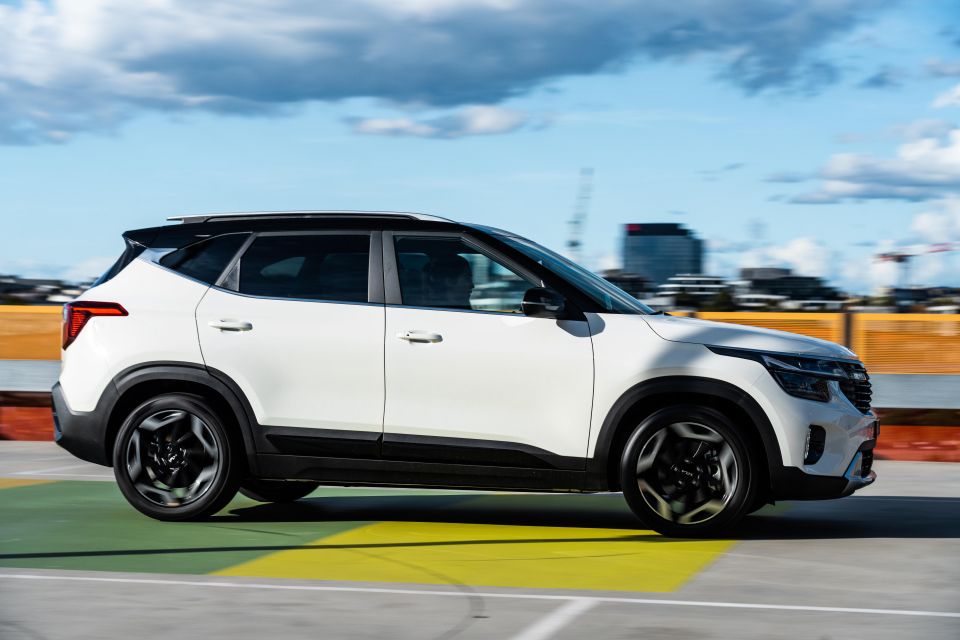
Kia has struck a nice balance between comfort and dynamics, with the tall body and compliant ride making for a confident feel at speed – if with a bit of controlled body roll into corners despite the GT-Line branding. This isn’t a Kia GT model, and so feels less focused than the more affordable Cerato GT warm hatch.
The driver controls are on the lighter side, meaning the Seltos is easy to pilot in urban scenarios and tight car parks, while also feeling sure footed and stable at 110km/h on country freeways.
Having that eighth cog also means there’s less noise at a cruise as the engine is more relaxed at highway speeds, and the addition of more sound-absorbing materials in the floor carpet, door trims, wheel guards and C-pillars to mitigate road noise helps to bring a claimed 0.3dBA reduction in road noise compared to the old model.
That’s not to say the Seltos is whisper quiet on coarser bitumen, because it’s not.

The GT-Line’s larger wheels and lower profile tyres mean you’re still aware of the road surface unless it’s the smoothest blacktop, but that’s also not out of character for the segment.
Should you be feeling a little racy behind the wheel, you can flick the Seltos into Sport mode which sharpens the throttle response, holds gears for longer as well as tightens up the steering to give the car a more focused feel.
It’s a shame there’s no paddle shifters even on the GT-Line to better control things yourself, though you can use the gear shifter to do this.
Another big part of the mid-life enhancement was the upgraded suite of driver assistance technologies. As you may have heard in our reviews of recent Hyundai and Kia products, however, their calibration can be more of an annoyance than assistance.
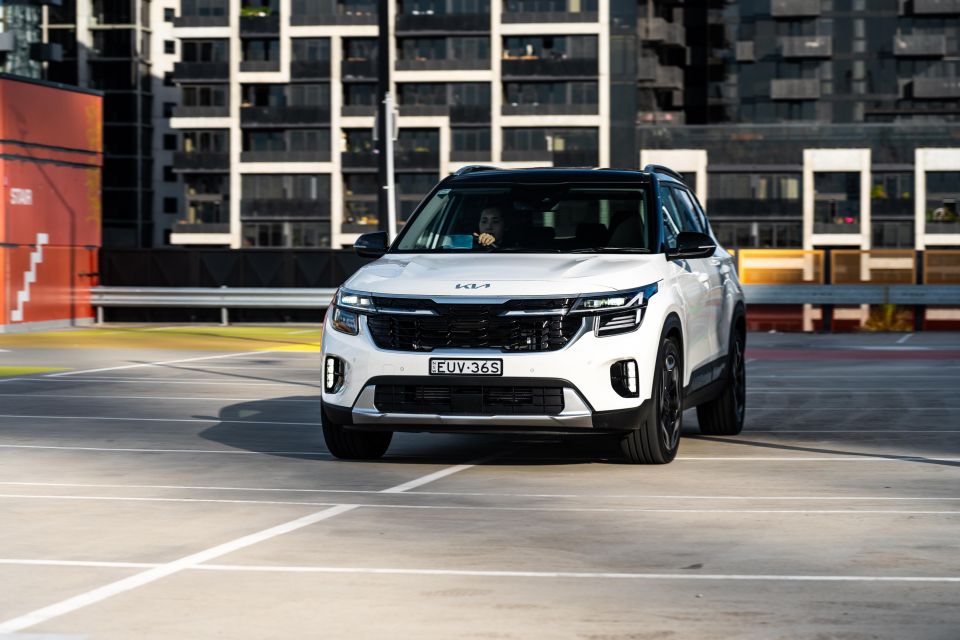
Where expert car reviews meet expert car buying – CarExpert gives you trusted advice, personalised service and real savings on your next new car.
The biggest frustration is the Intelligent Speed Limit Assist, which turns on every time you start the car and constantly chimes when the speed limit changes, when you go slightly over the limit, or if you’re 3km/h over the last detected speed limit – even if it’s missed the most recent chime.
It interrupts your music, phone calls, but most importantly your sanity to the point where you find yourself diving through the settings menus in the infotainment system to turn it off. Then, you have to do it all over again when you start the car because you can’t keep it off.
Otherwise the adaptive cruise control works as you’d expect, but at times like other more affordable models in Kia’s stable can be caught going well under or well over the set speed on sharper inclines or declines.
Lane Following Assist centres the vehicle in its lane and combines with the active cruise to effectively do the heavy lifting for you on the freeway, while active blind-spot and rear cross-traffic assists alerts you to approaching vehicles but will also apply counter steering or the brakes respectively to avoid a collision.
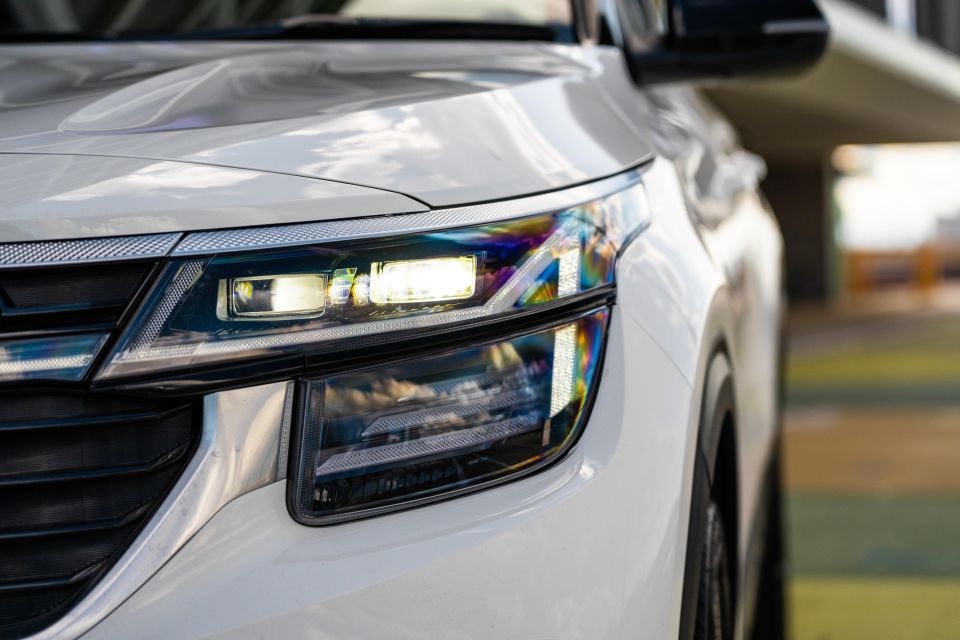
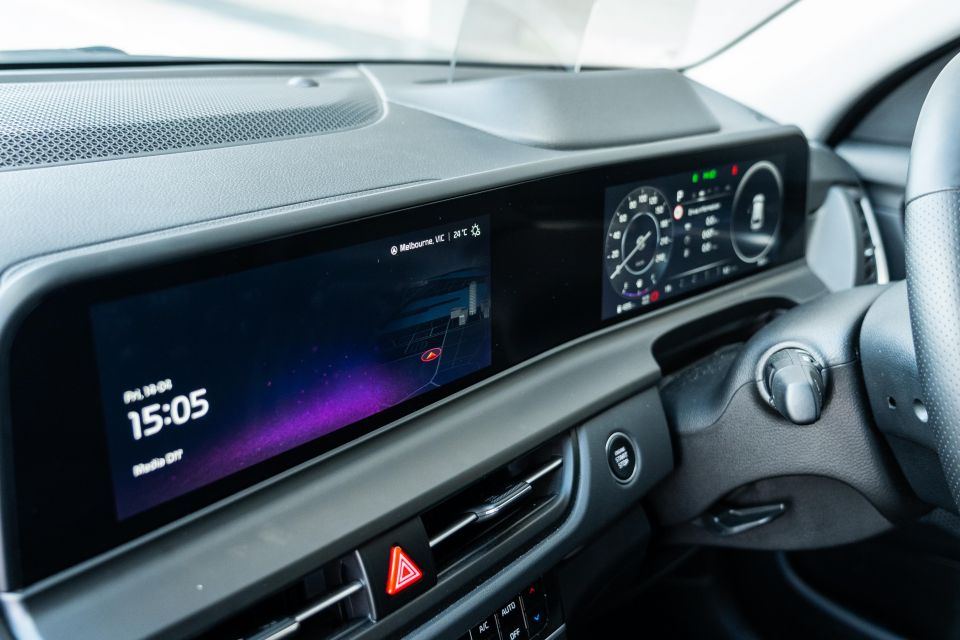
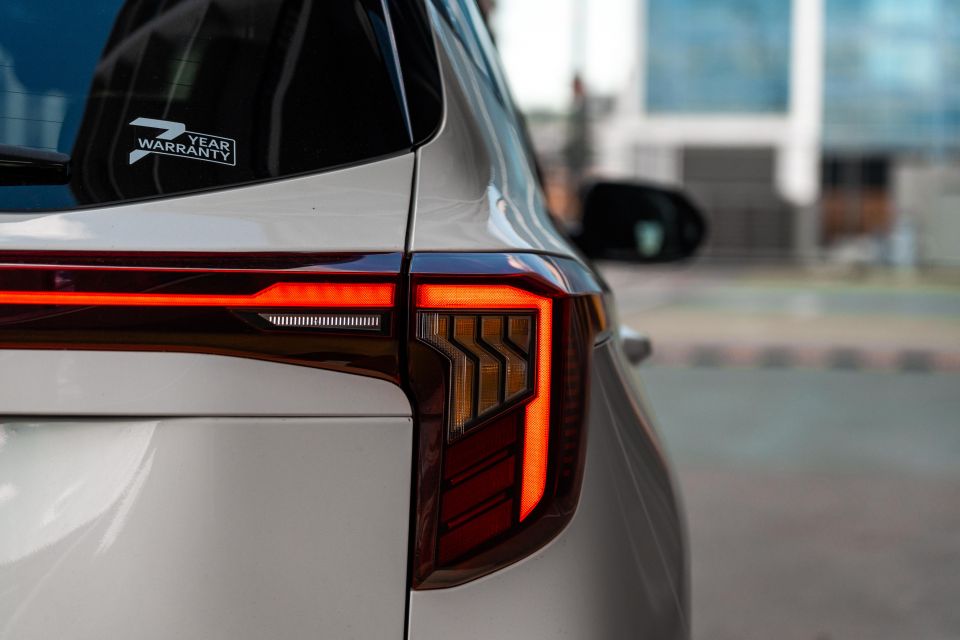
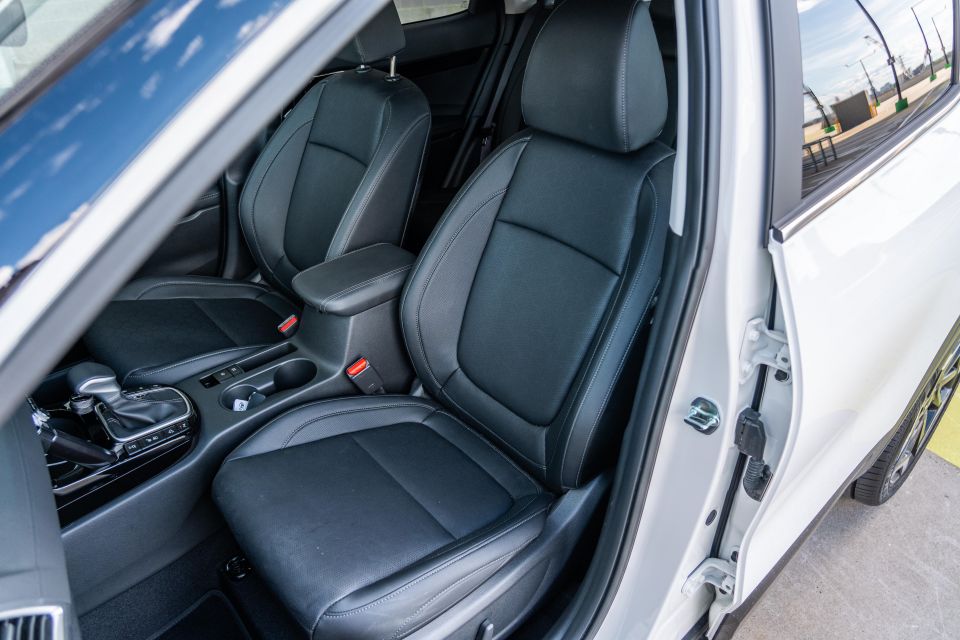
Seltos S highlights:
Seltos Sport adds:
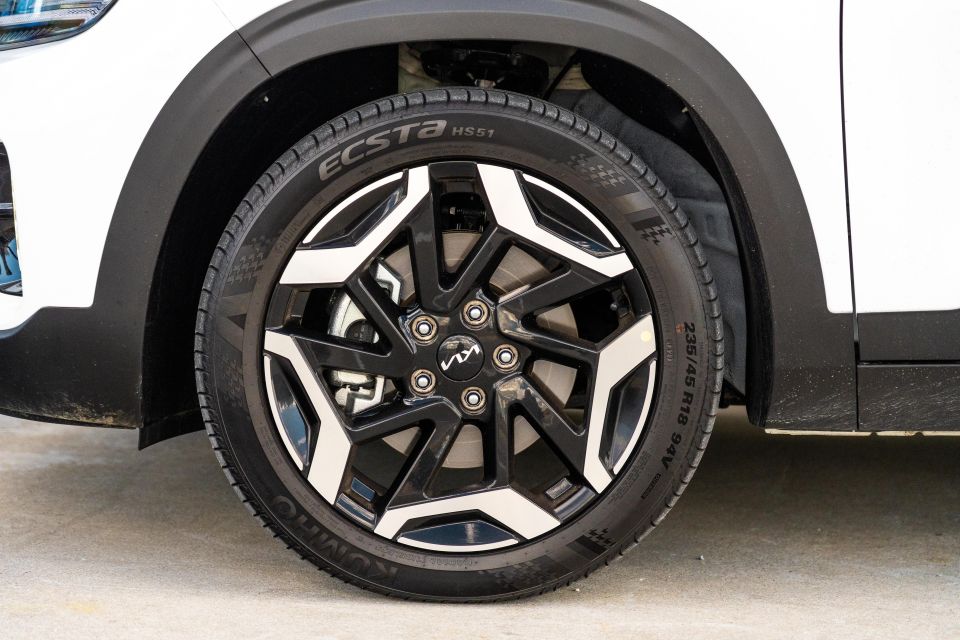

Seltos Sport+ adds:
Seltos GT-Line adds:
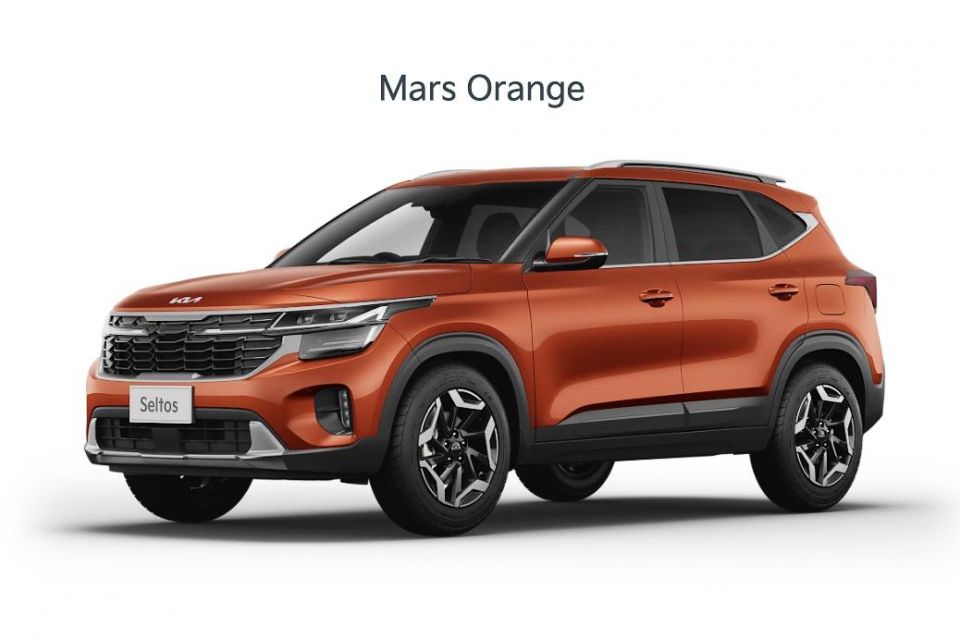
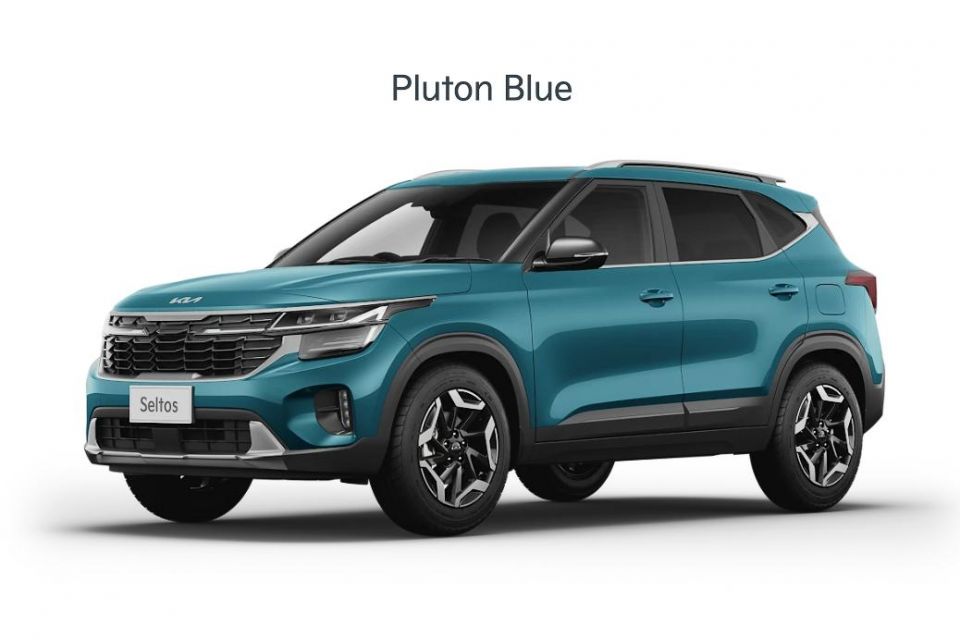

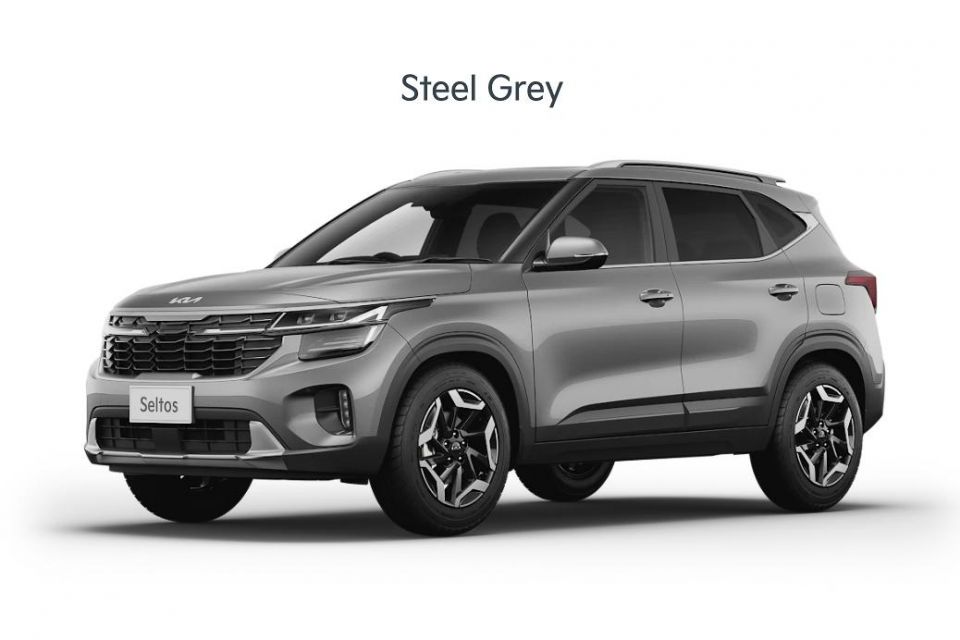
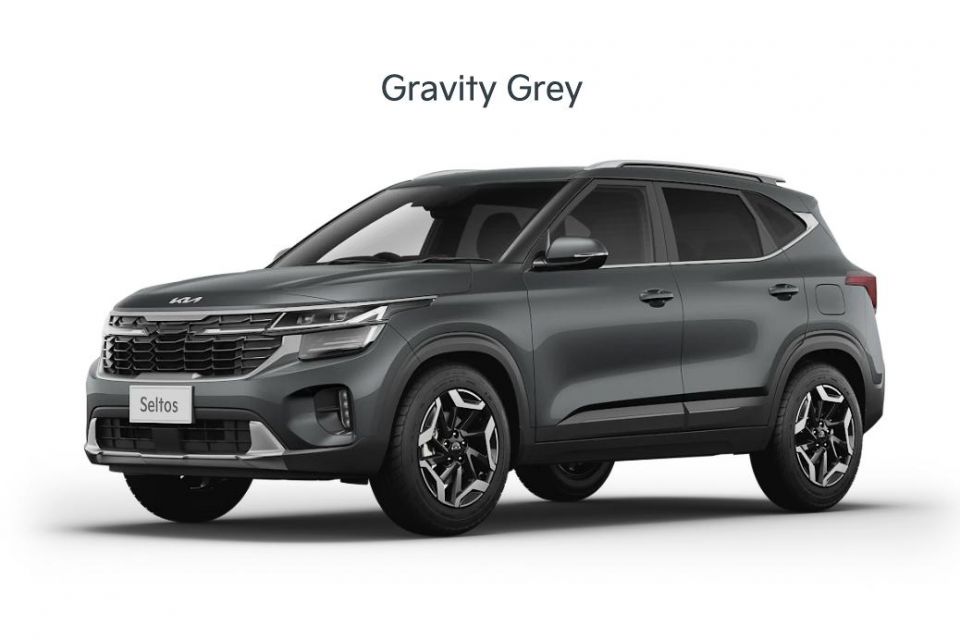
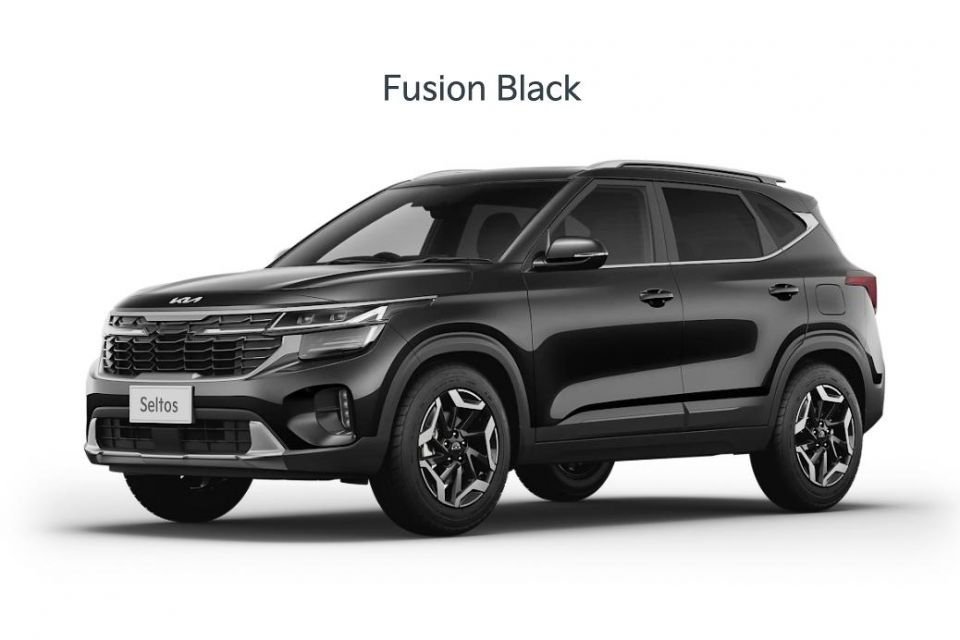
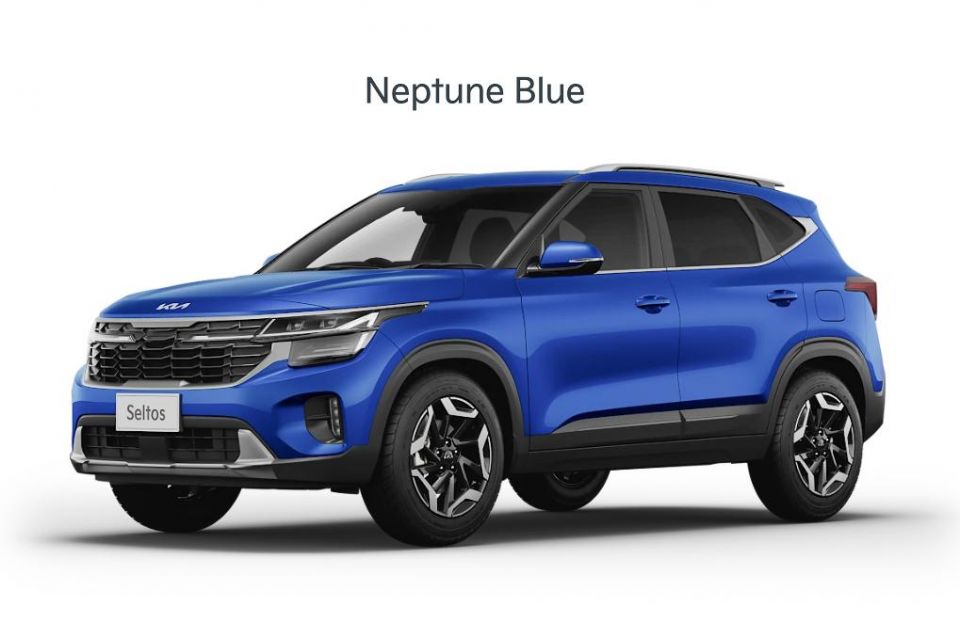


*Premium paint costs $520 extra ^Two-tone roof removes sunroof; GT-Line only
The Seltos wears a five-star ANCAP safety rating based off tests conducted on the pre-facelift model in 2019.
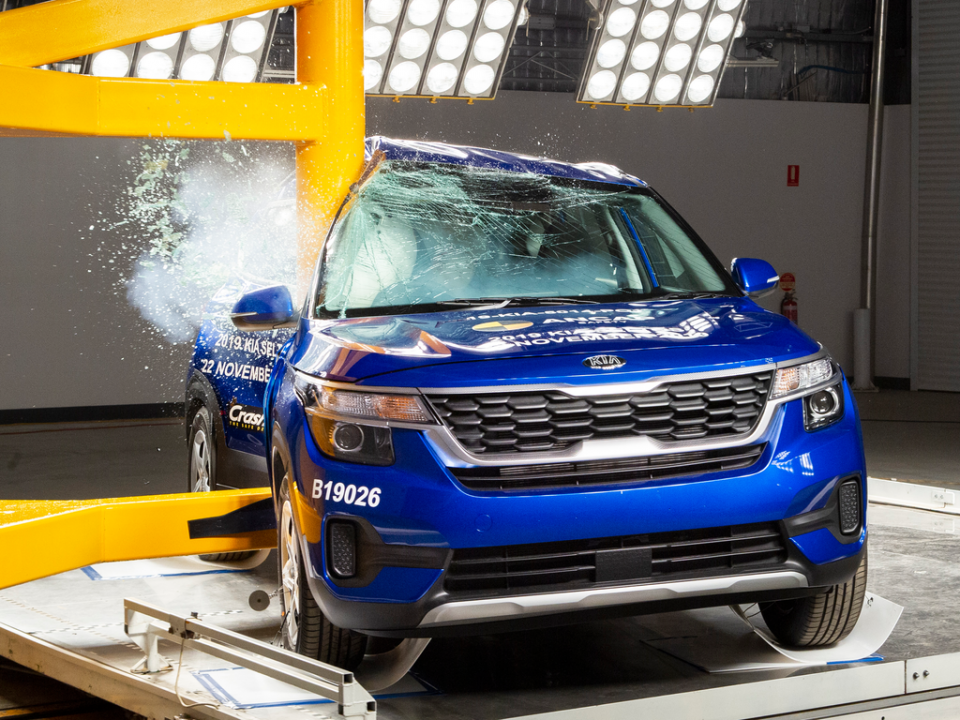
It received an adult occupant protection score of 85 per cent, child occupant protection score of 83 per cent, vulnerable road user protection score of 61 per cent, and a safety assist score of 70 per cent.
Standard safety features include:
Seltos Sport adds:
Seltos Sport+ adds:
The Seltos continues to be covered by Kia’s seven-year, unlimited-kilometre warranty with capped-price servicing for the same period and roadside assistance for up to right years. Kia Connect is complementary for seven years also.

Kia will also give you free map updates for your satellite navigation system (where applicable) for up to 10 years,
Scheduled maintenance is required every 12 months or 15,000km for the 2.0 MPi, or slightly shorter 10,000km intervals for the 1.6 T-GDi. Kia Australia says it’s global policy for its turbo models to have shorter intervals.
The Seltos 2.0 MPi will set you back $288, $494, $352, $614, $324, $624 and $344 for the first seven visits ($3040), while the 1.6 T-GDi costs $308, $500, $373, $651, $346, $630 and $671 ($3479).
Both cost just over $2000 over five years, which is competitive with most brands other than Honda and Toyota, but still on the higher side.
As for fuel consumption, I finished the week with an indicated readout of 9.5 litres per 100km over 300km of mixed driving, which including peak-hour commuting and freeway stints. In today’s landscape, where hybrid alternatives are achieving half that figure, it’s not very good – the lack of idle stop/start hurts the Seltos as soon as you start driving in city traffic.
Buy your new car without the stress. It's fast, simple and completely free.

Great service from Travis and team, second time I have used this business would not hesitate to recommend them to anyone
Craig C.
Purchased a Ford Ranger in Sunshine Coast, QLD
CarExpert helped Craig save $7,224 on his Ford Ranger, now let us save you on your next new car.
Get your BEST priceThe flagship Kia Seltos has a lot to offer, and its well-rounded repertoire helps it remain a top pick in the mainstream small SUV class.
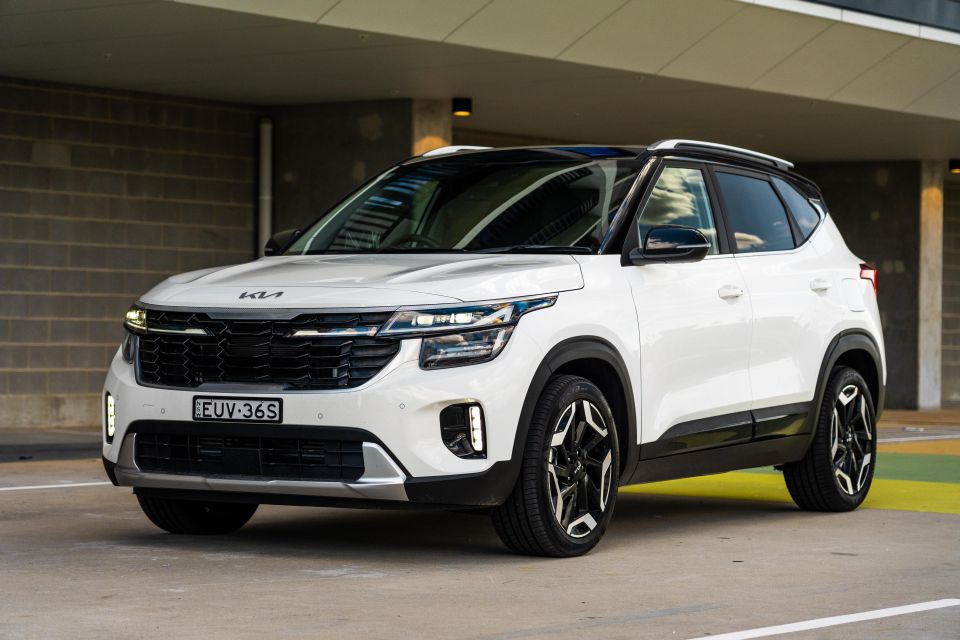
In the face of ever increasing competition, the Seltos is one of the more practical vehicles in the segment, has a strong suite of standard features and technologies, and offers refined turbocharged performance in this specification.
Add to that a strong warranty, sharp looks, and a locally-tuned ride and handling setup, and you can see why the Seltos remains a firm favourite with Australian buyers.
However, despite being the flagship with a price to match, the Seltos GT-Line in Australia still misses out on features available in South Korea like the 360-degree camera system, rotary shift-by-wire dial and extended range of exterior and interior colour options.
The cabin plastics are also a little hard and scratchy compared to plusher-feeling rivals from Honda, Nissan and Mazda.
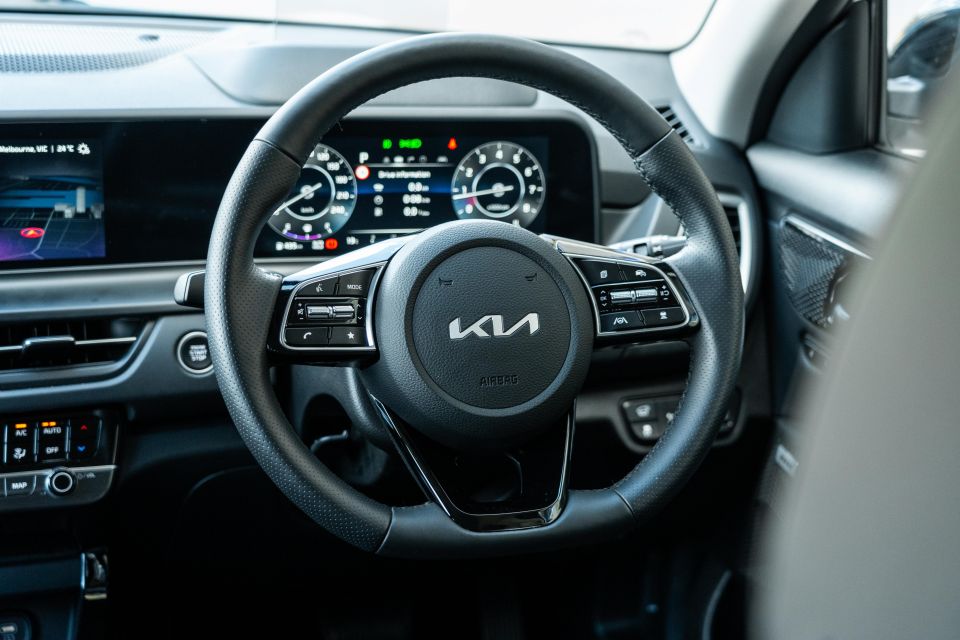
While I’m at it, and I know many will argue with me in the comments, but I’d like to see Kia introduce the cleanest, most efficient iterations of its drivetrains with Euro 6 exhaust treatment systems and idle stop/start technology.
This would go a long way to reducing fuel consumption and emissions over the time of ownership, particularly with urban use as expected for a vehicle in this segment.
All told, Kia’s ‘right size’ approach for the Seltos makes it a great car for younger or growing families, as well as a great second car for those wanting something that’s smaller for urban duties but also quite practical.
The 1.6T AWD variant is also a much better bet than the old one, though unless you absolutely need AWD you can save yourself a healthy $3000 and get the 2.0 FWD version of the GT-Line, which still covers all key bases for an urban-friendly crossover.

Click the images for the full gallery
MORE: Everything Kia Seltos
Where expert car reviews meet expert car buying – CarExpert gives you trusted advice, personalised service and real savings on your next new car.
James Wong is an automotive journalist and former PR consultant, recognised among Australia’s most prolific motoring writers.


William Stopford
41 Minutes Ago


Matt Campbell
1 Day Ago


James Wong
3 Days Ago


Neil Briscoe
6 Days Ago


William Stopford
8 Days Ago
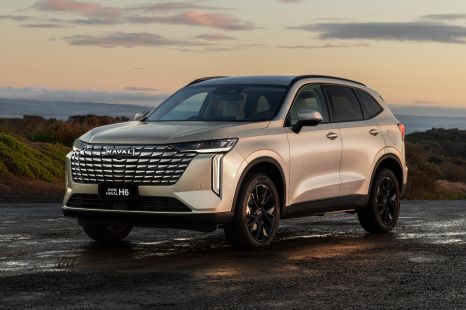

William Stopford
12 Days Ago